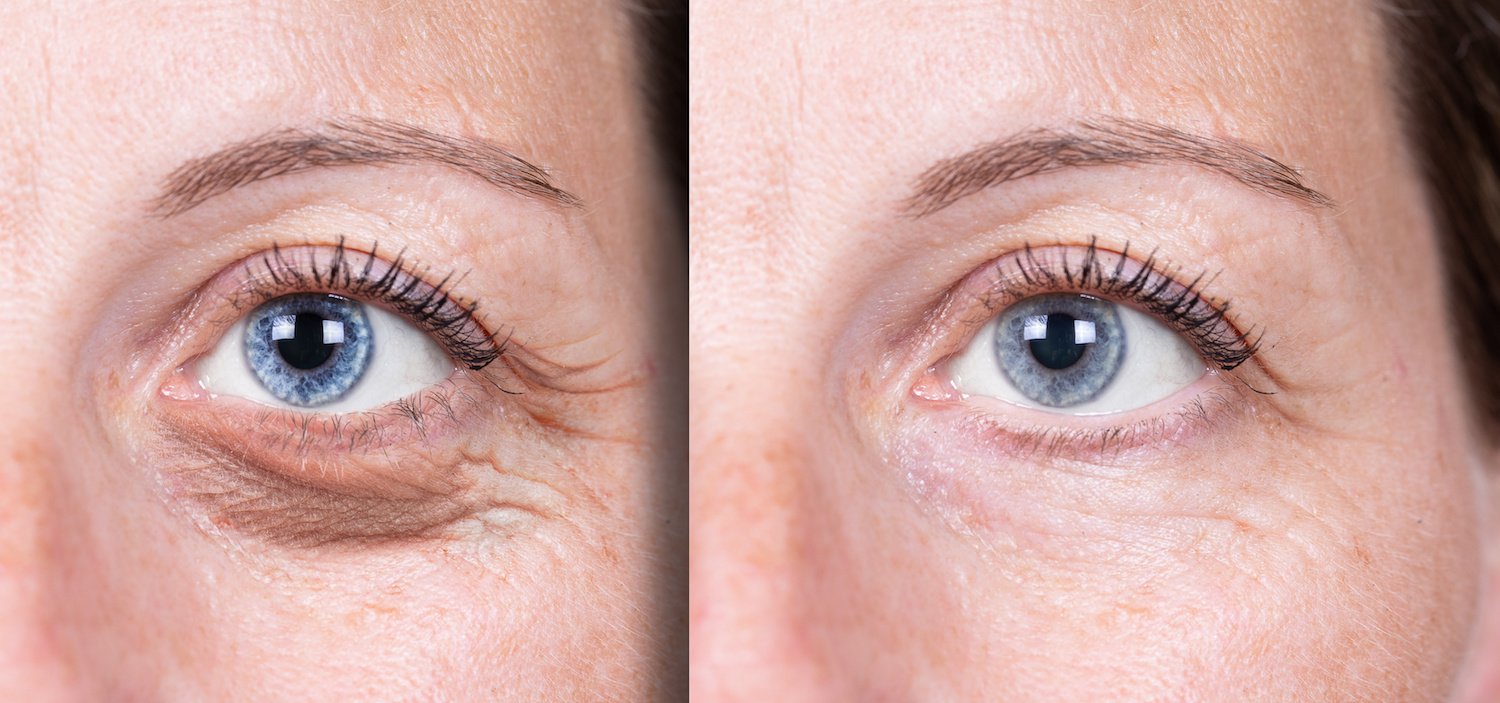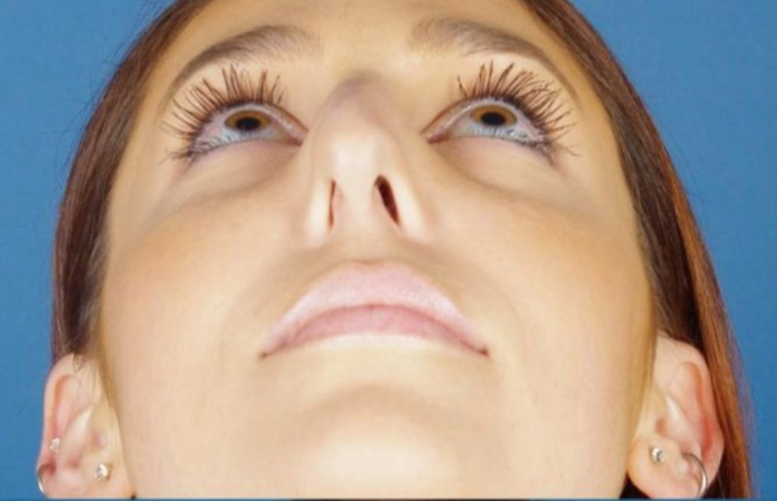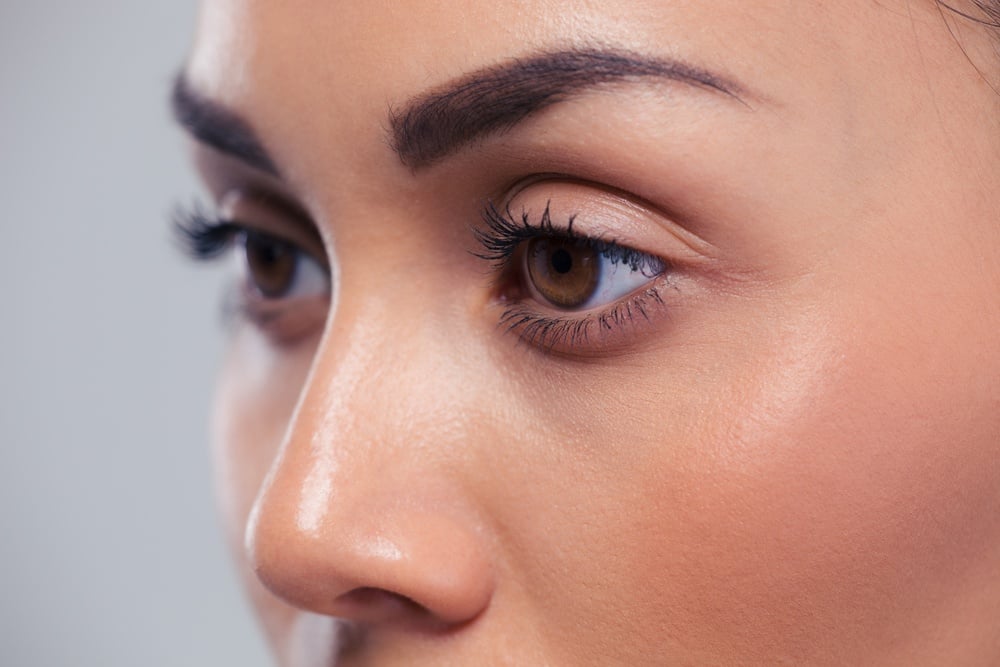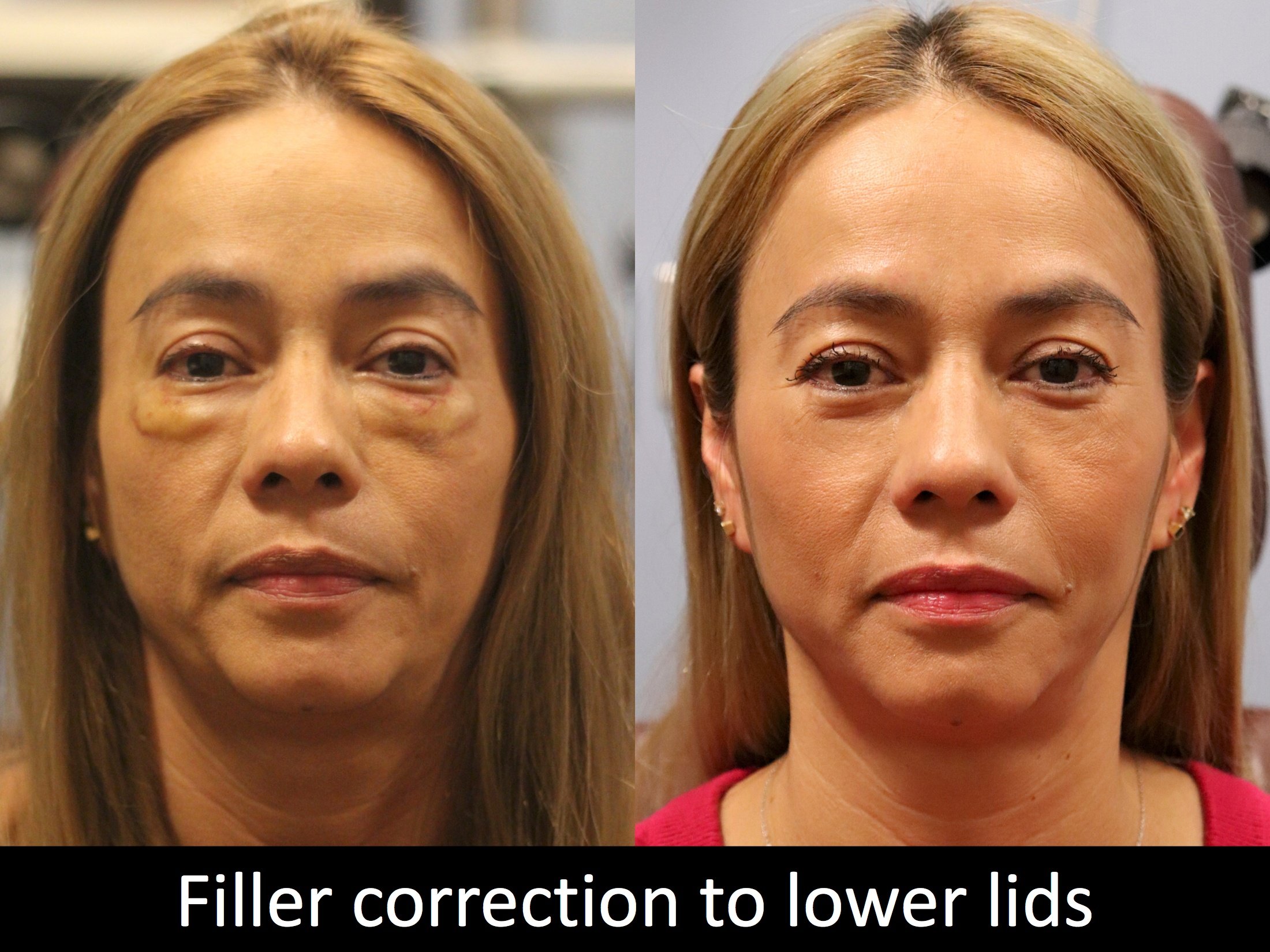Believe it or not, the facelift (rhytidectomy) has been around for almost 120 years, the first procedure performed in 1901. Dr. Eugen Holländer, a surgeon in Berlin, was asked by an aging aristocrat to lift her cheeks and the corners of her mouth. Thus began the long journey of procedural advancements and technological innovation to bring us to the facial cosmetic surgery options we have today. The quest for a younger looking face seems to have been a constant one in the years since Dr. Holländer’s first attempt at a facelift. The demand has given life to several options for patients seeking rejuvenation.
The most common of these surgical procedures are the mini-lift, and the traditional deep plane facelift. And we can’t forget the newest trend to hit the field - the liquid facelift. This option is non-surgical and offers a quick fix to those who may not want or need a full facelift procedure. In this article we will take a look at each procedure and give you an idea of which one might suit you.
The Mini-Lift
This procedure takes about 2.5 to 3 hours and is the quickest surgical facelift option. It is often referred to as “the weekend facelift” or a “quick lift.” After administering general anesthesia, Dr. Raval will make small incisions near your ears, suspend the underlying muscle tissue and ligaments, and then remove excess skin. As facelifts were being developed, skin tightening used to be the normal procedure - now we know that a more natural look can be achieved by targeting the facial muscles.
The mini-facelift provides moderate improvements along the jowl and jawline and is a great option for someone looking for near immediate rejuvenation. Downtime for recovery is minimal, usually a few days, hence “the weekend facelift.”
The Traditional Facelift
As might be expected, the traditional facelift is more invasive than the mini-facelift. The incision for this procedure is larger and it typically begins in the hairline, right at the temples. It continues around the ear to the lower scalp. A second incision is necessary to improve aging signs of the neck. This one will be below the chin. Being that this is an extensive surgery, Dr. Raval will likely sculpt and redistribute fat from the face, jowls, and neck. The skin is draped over the newly shaped face and incisions are closed. He may use dissolvable sutures, but in some cases you will need to return after a few days so he can remove them.
A traditional facelift is best for older patients (50s and above) with moderate to severe signs of lower face and neck aging. The traditional facelift procedure is more costly but also has the most dramatic results. Though the incisions are longer, they will still be hidden in the hairline, leaving you with a natural look.
The Liquid Facelift
Incredible advancements have been made in the world of cosmetic surgery and one of the great tools we now have are transdermal fillers. The filler material is a soft gel that is injected under the skin to replace lost volume. That added plumpness smooths your skin’s surface, reducing the appearance of fine lines, wrinkles, and even developing folds. In some cases, they may not be visible at all. Fillers can be used in conjunction with Botox or Dysport, which are injectables that work by blocking the neurotransmitter that causes muscles to contract. If the muscle is prevented from contracting, wrinkles and lines will not form.
Facelift Results
The wonderful thing about how far cosmetic surgery has come, is that the results can be spectacular. Surgical facelift procedures will give you permanent results, although your face will continue to age. However, dermal fillers are made of natural ingredients, so the gel is eventually absorbed (harmlessly) by your body. In order to maintain your new, smoother-looking appearance, you will need to get refresher applications of filler. Some fillers last about 12 months, others can last as long as two years.
Which Procedure Should You Choose?
Each facelift procedure and patient is unique and the procedure that you and Dr. Raval choose will depend on a few factors. The extent of the corrections you would like made, whether or not you want to use general anesthesia, the amount of time you have for recovery, how long-lasting you want your results to be, and your budget will all come into play. The team at Raval Facial Aesthetics will guide you through all of your options and help you make the best choice.
- Acne
- Botox/Dermal Fillers
- Browlift
- Chemical Peels
- Chin Augmentation
- Consultation
- Denver Facial Plastic Surgeon
- Deviated Septum
- Eyelid Procedures
- Facelifts/Necklifts
- Headaches/Excessive Sweating
- Healthy Living
- Laser Hair Removal
- Laser Treatments
- Latisse
- MedSpa
- Memberships
- Microdermabrasion
- Nasal Valve Collapse
- Non-Surgical Procedures
- Rhinoplasty
- Skin Care
- Thread Lifts
- Wrinkle Treatments














